Instructional Design Defined
This manual uses an instructional design model (ID) referred to as IDI (Instructional Design for Instructors). This was developed specifically to walk higher education instructors through course development and teaching. (For information about other models, see Appendix A: Instructional Design Theories/Models.) The intentional design of higher education courses promotes and maximizes student learning of specific goals.
The term “instructional design” is misleading. ID starts with the intentional design of courses. However, in addition to designing the course, ID models will also guide you in development of activities, assignments, and resources, then actually teaching the course. Lastly, they will help you evaluate your course to improve it for the next time you teach the same course.
For instructors familiar with engineering, architecture, business, and many other disciplines, you may identify ID as a project management model specifically for course design.
Business and Industry
“Instructional design is a complex process that promotes creativity during development and results in instruction that is both effective and appealing to students…. Instructional design models convey guiding principles for analyzing, producing, and revising intentional learning contexts” (Branch & Dousay, 2015, p. 15).
Historically, the majority of the ID models have been designed for business, industry, and the military. These were based on the ADDIE model which was first designed for military course design.
In training, organizations are frequently interested in changing an employee’s behavior (to correct it, improve it, or introduce new behaviors). In these situations, starting with the current situation is usually appropriate.
ADDIE
For decades, business trainers have used a systemic course design model, typically either ADDIE or a derivative of ADDIE. ADDIE (Analyze, Design, Develop, Implement, and Evaluate) is one of the first (if not THE first) course design models. See Figure 1. These five elements of design appear in most ID models and are sequenced in the same order (Branch & Dousay, 2015, p. 14). Although ADDIE is usually followed as a linear process, Branch & Dousay (2015, p.26) emphasize that phases can also be concurrent. In addition, as Gagné et al. (2005, p. 41) point out, “The dynamics of the ISD [Instructional Systems Design] process… is not necessarily linear… and includes iterative and parallel activities throughout the process.”

Figure 1: ADDIE Model of Instructional Design
In corporate training the instructor is usually tasked with solving a performance issue or teaching a very specific new skill or knowledge set, within very short and compact timeframes. This is captured in the ADDIE model, which states that all course design and development, including all materials, are developed prior to any teaching. The ADDIE model begins by determining what are the performance gaps between what the learner knows and/or does and what you want them to be able to know or do. ADDIE stands for the steps in the training design process. In his website about training and ID, Clark (2015) describes each phase:
- Analysis Phase — Identify areas of opportunity and target specific problems. These areas and problems are based on team brain-storming sessions, process definition sessions, recommendations forwarded to the team by organizational members, and other various analysis techniques.
- Design Phase — Generate solutions through brain-storming sessions. Identify the required resources to implement the chosen solution and identify baselines to measure.
- Development Phase — Formulate a detailed procedure for implementing the approved solution.
- Implementation Phase — Execute the solution.
- Evaluation Phase — Build measurement tools, monitor implementation, and evaluate measurements to baseline.
Visually, ADDIE has been depicted as a straight linear model (See Figure 1) and as various circular versions (Figures 2&3). The circular versions more clearly imply that the evaluation phase may be performed throughout the design process.
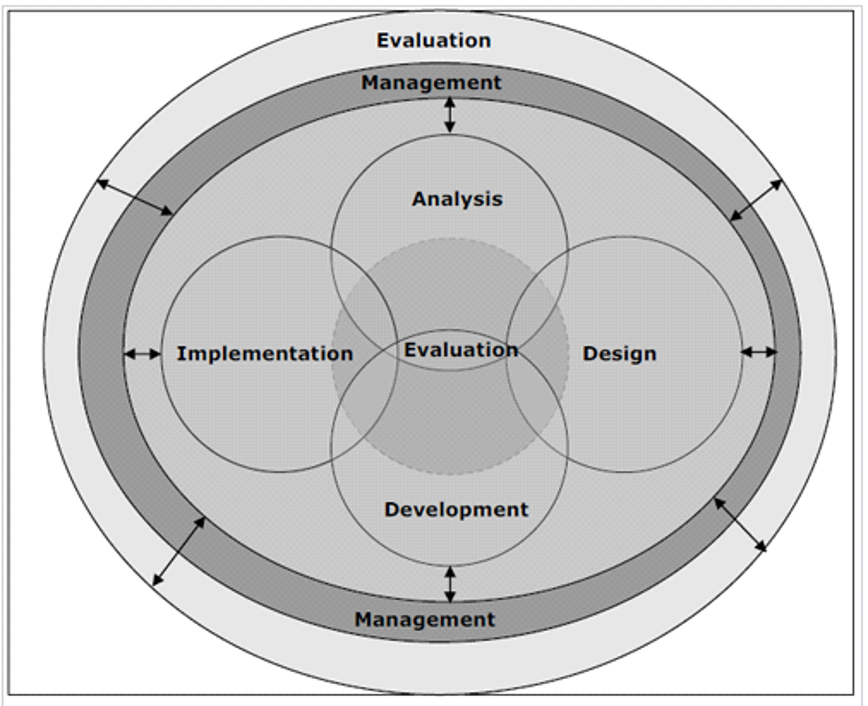
Figure 2: Circular ADDIE Examples (From Clark, 2015)

Figure 3: Circular ADDIE Examples (From Clark, 2015)
Other ID Models Commonly Used in Training
Kemp
See Morrison et al. (2019) for details.
An advantage of the Kemp system is that if is not linear (Figure 4), implying that you may jump from one component to another, or start at any point in the circle. Another is that it provides both summative and formative evaluation of the ID (with evaluation of student learning as one facet).
A disadvantage of using the Kemp model for higher education is that it does not include HE-specific requirements such as prerequisite course information and program requirements. As with all training models, it also is easier to use if you are teaching a short instructional module (such as a workshop) rather than a course that lasts for a full term. See Figure 4.
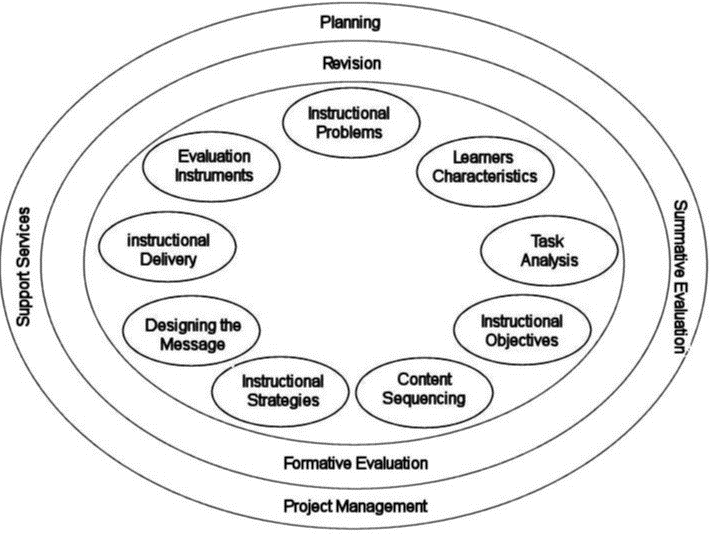
Figure 4: Kemp Model of Instructional Design (From Kemp Design Model, n.d.)
According to EduTechWiki (Kemp Design Model, n.d.):
The Jerold Kemp instructional design method and model defines nine different components of an instructional design and at the same time adopts a continuous (sic) implementation/evaluation model. … Kemp adopts a wide view, the oval shape of his model conveys that the design and development process is a continuous cycle that requires constant planning, design, development and assessment to insure effective instruction.
Dick and Carey
See Dick et al. (2014) for details
It is important to remember that Dick and Carey call their model “The Systematic Design of Instruction” – it is not actually including the ‘teach’ or ‘train’ stage of instruction (Figure 5).
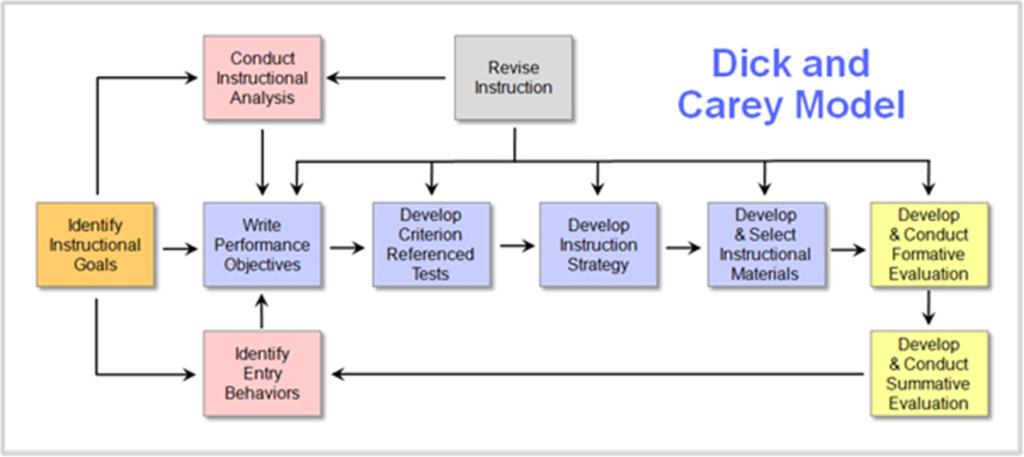
Figure 5: Dick & Carey Model of Instructional Design (Kurt, 2015)
According to TechTipsforWLTeachers (Dick & Carey, n.d.):
Dick and Carey made a significant contribution to the instructional design field by championing a systems view of instruction as opposed to viewing instruction as a sum of isolated parts. The model addresses instruction as an entire system, focusing on the interrelationship between context, content, learning and instruction. According to Dick and Carey, “Components such as the instructor, learners, materials, instructional activities, delivery system, and learning and performance environments interact with each other and work together to bring about the desired student learning outcomes.”
Models specifically for higher education
ADDIE and most system course design models are examples of forward design. They begin with an analysis of a problem and then move to identifying a solution.
In HE, however, we are not starting with a problem, instead, we are starting with a goal to have students learn specific topics. This gives us an end-point and our course design should all lead to providing the best circumstance(s) for students to learn these topics. According to Bowen (2010):
When teachers are designing lessons, units, or courses, they often focus on the activities and instruction rather than the outputs of the instruction. Therefore, it can be stated that teachers often focus more on teaching rather than learning. This perspective can lead to the misconception that learning is the activity when, in fact, learning is derived from a careful consideration of the meaning of the activity… backward design is beneficial to instructors because it innately encourages intentionality during the design process.
Backward design models such as Wiggins & McTighe’s (2006) and Fink’s (2013) focus on developing HE courses. They focus on identifying the goals of the course and developing class outlines for multiple class sessions. However, in HE most instructors adjust each class session based on not only the previous session, but also more immediately based on student in-class questions, homework results (how well/poorly students did on the homework), and numerous other events (including, in some cases, current news events, the 2020 pandemic being a case in point). This continual adjustment for improvement is captured in the IDI model.
Backward Design
See Wiggins & McTighe (2006) for details.
This backward approach is most notably promoted by Wiggins & McTighe (2005), who developed a workbook Understanding by Design (UbD). The UbD model presents three steps:
- identifying desired results
- determining acceptable evidence based on #1 and
- developing learning experiences based on #2
The UbD book contains great detail on types of understanding, determining course goals and objectives, and assessment methods, among other topics.
Fink’s Significant Learning by Design
See Fink (2013) for details
According to Fink (2013), “For learning to occur, there has to be some kind of change in the learner. No change, no learning. And significant learning requires that there be some kind of lasting change that is important in terms of the learner’s life.”
He continues:
The basic components in this model of Integrated Course Design are the same as those found in other models of instructional design: analyze the situational factors, formulate the learning goals, design the feedback and assessment procedures, and select the teaching/learning activities. What is distinctive about this model is that these components have been put together in a way that reveals and emphasizes their inter-relatedness.
Fink’s ID model is another model which stops at the design and develop stage:
INITIAL DESIGN PHASE: Build Strong Primary Components
- Step 1. Identify important situational factors
- Step 2. Identify important learning goals
- Step 3. Formulate appropriate feedback and assessment procedures
- Step 4. Select effective teaching/learning activities
- Step 5. Make sure the primary components are integrated
INTERMEDIATE DESIGN PHASE: Assemble the Components into a Coherent Whole
- Step 6. Create a thematic structure for the course
- Step 7. Select or create an instructional strategy
- Step 8. Integrate the course structure and the instructional strategy to create an overall scheme of learning activities
FINAL DESIGN PHASE: Finish Important Remaining Tasks
- Step 9. Develop the grading system
- Step 10. De-Bug possible problems
- Step 11. Write the course syllabus
- Step 12. Plan an evaluation of the course and of your teaching
This is a more HE-friendly approach than ADDIE and other training models. It also includes an in-depth discussion of assessment purposes and approaches. Fink also developed a taxonomy of significant learning which provides insight on identifying the criticality of matching components in course design.
The primary focus of Fink’s model (2013) is on his proposal of significant learning (see Chapter A3: Active and Transformational Learning for details on this) which he defines as learning that is:
- Enhancing our individual lives: Developing an ability, for example, to enjoy good art and music, developing a thoughtful philosophy of life, and so on
- Enhancing our social interactions with others: Knowing how to engage others in more positive ways in both formal and informal relationships
- Become more informed and thoughtful citizens: Developing our readiness to participate in civic activities at one or more levels, for example, the local community, state government, national government, and international advocate groups
- Preparing us for the world of work: Developing the knowledge, skills, and attitudes necessary for being effective in one or more professional fields
On his website, Fink provides questionnaires for instructors to help them develop and teach courses (Fink, 2003).
Purdue University’s and University of Cincinnati’s Models
Many years ago I attended several workshops on McCarthy’s 4-MAT model (What Is The 4MAT – 4MAT Learning Model And Styles, n.d.). When I was in New Zealand, I drafted an ID model for instructors based on a series of questions identified by McCarthy’s 4-MAT model. (Recently, I realized these were very similar to Fink’s Initial Phase questions.) I built these out into a full ID model specifically for New Zealand tertiary instructors.
To support instructors in the Purdue IMPACT program, Dr. Frank Dooley, then Senior Vice-Provost for Teaching and Learning, and I used that model to draft a course design, development and teaching model that walked instructors through all stages of a course. The model was shared with the full IMPACT support team and revised based on the team’s input. The Interactive Course Design (IDI) model was used as the basis for faculty IMPACT workshops (Reid & Attardo, 2013). See Figure 6.
At the University of Cincinnati, Anna Donnell, Associate Director- Innovative Pedagogy & Course Design in the Center for the Enhancement of Teaching and Learning (CET&L) and I modified the model to fit our faculty’s specific needs there (Donnell & Reid, 2016). See Figure 7. Since then, Anna has further modified the model at UC as the teaching culture and needs of the institution have changed, particularly due to the pandemic. See Figure 7.
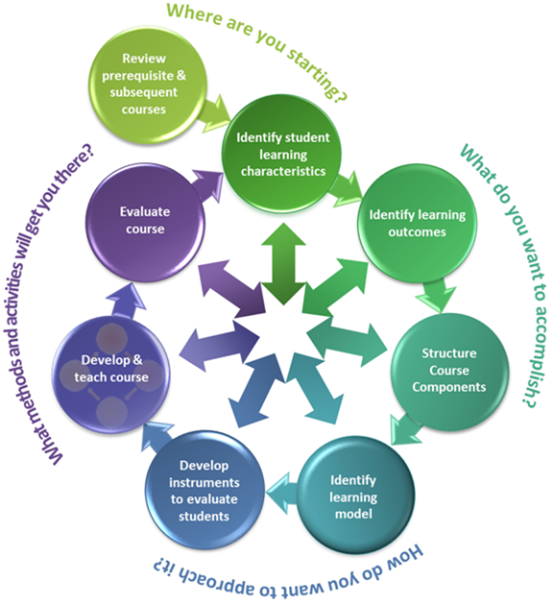
Figure 6: Purdue University’s ICD Model
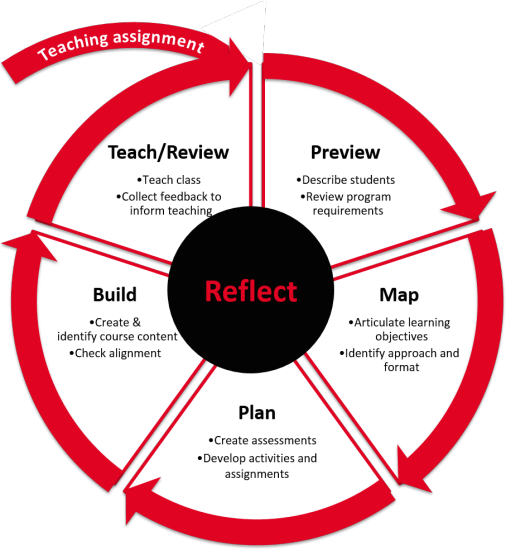
Figure 7: University of Cincinnati Course Design Model
The IDI Model – Instructional Design for Instructors
I have now further modified the model to clarify steps. This workbook’s model is similar to the Purdue and UC models, but is self-contained in that any instructor can, hopefully, use this book to design, develop, and teach a Higher Ed course using sound educational theories and practices. See Figure 8.

Figure 8: The IDI Model
References
Bowen, R. S. (2010, June 10). Understanding by Design. Vanderbilt University. https://cft.vanderbilt.edu/guides-sub-pages/understanding-by-design/.
Branch, R. M., & Dousay, T. A. (2015). Survey of instructional design models (5th ed.). AECT.
Clark, D. R. (2015, March 11). Continuous Process Improvement. Big Dog and Little Dog’s Performance Juxtaposition. http://knowledgejump.com/perform/process.html.
Dick & Carey. (n.d.). TechTipsforWLTeachers. Retrieved June 3, 2020, from https://sites.google.com/site/techtipsforflteachers/mod1/basic-instructional-models/dick-carey.
Dick, W., Carey, L., & Carey, J. O. (2014). Systematic Design of Instruction, The, Loose-Leaf Version (8th edition). Pearson.
Donnell, A. & Reid, P. (2016). UC Course Design Model, Center for the Enhancement of Teaching & Learning, University of Cincinnati. Retrieved March 31, 2021, from https://www.uc.edu/cetl/ourwork/design.
Fink, L. D. (2003). A Self-Directed Guide to Designing Courses for Significant Learning. Jossey-Bass. https://www.deefinkandassociates.com/GuidetoCourseDesignAug05.pdf.
Fink, L. D. (2013). Creating Significant Learning Experiences: An Integrated Approach to Designing College Courses (Revised and updated edition). Jossey-Bass.
Gagné, R. M., Wager, W. W., Golas, K., & Keller, J. M. (2005). Principles of Instructional Design (5th ed). Thomson/Wadsworth.
Kemp design model. (n.d.). EduTech Wiki. Retrieved June 3, 2020, from http://edutechwiki.unige.ch/en/Kemp_design_model.
Morrison, G. R., Ross, S. J., Morrison, J. R., & Kalman, H. K. (2019). Designing Effective Instruction (8th edition). Wiley.
Reid, P., & Attardo, D. (2013). Designing the Wheel: Built-in Instructional Technology. EDUCAUSE Review. http://www.educause.edu/ero/article/designing-wheel-built-instructional-technology.
What Is The 4MAT – 4MAT Learning Model And Styles. (n.d.). 4MAT 4LEARNING. Retrieved April 15, 2021, from https://4mat4learning.com.au/what-is-4mat/.
Wiggins, G. P., & McTighe, J. (2006). Understanding by design (Expanded 2nd ed). Pearson Education, Inc.
